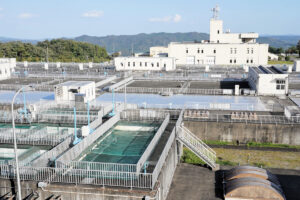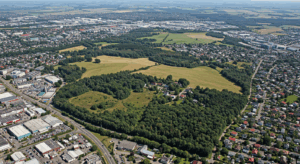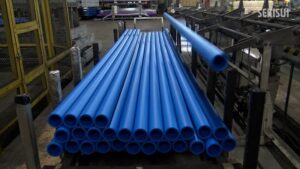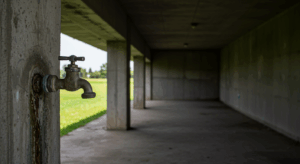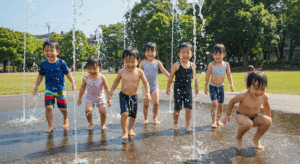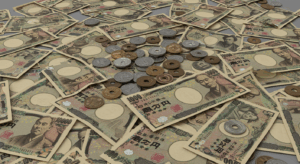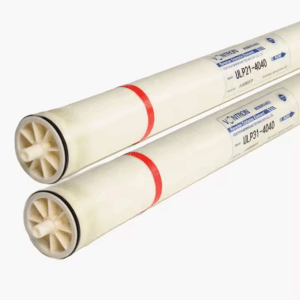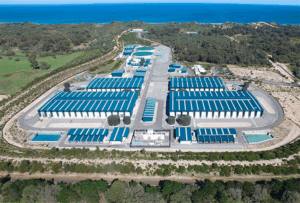― A Quick Overview of Tap Water Production in Japan ―
We take it for granted that water flows when we turn on the tap.
But the journey begins at the “water source,” passes through the “water treatment plant,” and finally reaches our homes. Did you know that tap water in Japan is generally produced using four main treatment methods?

1. Three Main Types of Water Sources
- Surface Water … Rivers, lakes, and dams (about 90% of total water supply)
- Groundwater … Drawn from 60 to 120 meters underground (about 10%)
- Desalinated Seawater … Used only in limited facilities in Okinawa, Fukuoka, etc. (less than 0.1%)
Source: Japan Water Works Association, “私たちの水道”(Our Water Supply) (2024)
2. Market Share of the Four Water Purification Methods
| Method | National Share | Main Water Source | Example Municipality |
|---|---|---|---|
| Rapid Filtration | 77.4% | Surface Water | Arakawa River System (Tokyo) |
| Disinfection Only | 16.7% | Groundwater | Kumamoto City, Akishima City |
| Slow Sand Filtration | 3.2% | Surface Water | Yokohama City, Kanazawa System |
| Membrane Filtration | 2.7% | Surface Water, Seawater | Chatan Town (Okinawa) |
Source: Japan Water Works Association, “Water Supply Statistics” (2024)
2-1. Rapid Filtration (77.4%)
Coagulants clump impurities → sedimentation → sand filtration → chlorination.
High-speed, large-scale processing is the key feature. Most urban treatment plants use this method.
It spread rapidly in postwar Japan.
2-2. Disinfection Only (16.7%)
Groundwater is disinfected with chlorine and supplied directly.
Kumamoto City uses 100% groundwater. This method is low-cost in electricity and chemicals.
Good-quality groundwater is delivered directly after disinfection.
2-3. Slow Sand Filtration (3.2%)
A “living membrane” of microorganisms such as phytoplankton naturally purifies the water.
Not only removes turbidity, but also organic matter and impurities—resulting in a smoother taste.
Traditionally required large space and time, but related technologies are now advancing.
2-4. Membrane Filtration (2.7%)
Hollow fiber membranes, like tiny straws, physically remove even viruses.
This method is expected to grow in response to seawater desalination and PFAS contamination.
It is also introduced as an advanced treatment stage after other purification methods.
3. Water Quality Standards and Safety Systems
- 51 legal quality standards (many stricter than WHO guidelines)
- Residual chlorine of at least 0.1 mg/L is required even at the end of water distribution pipes
- 180,000 water quality tests per year on average nationwide
4. Summary
- Nearly 80% of Japan’s tap water is treated by rapid filtration + chlorine disinfection
- Diverse technologies such as groundwater and membrane filtration support both safety and taste
- Next time, we’ll illustrate the “Rapid Filtration” process and explore how taste and safety are ensured
🔖 Today’s Trivia
Coffee shops that proudly say “brewed with Kumamoto groundwater” are highlighting the soft water quality enabled by the “disinfection only” method. Try tasting the difference!Slow sand filtration is so high in quality that a major beer manufacturer once built a dedicated water treatment plant just for it.
